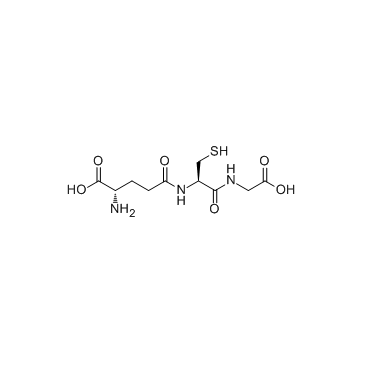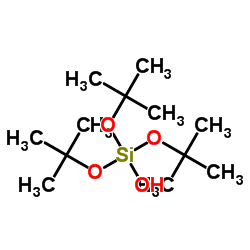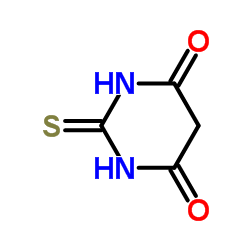| 结构式 | 名称/CAS号 | 全部文献 |
|---|---|---|
 |
2-硝基苯甲酸
CAS:552-16-9 |
|
 |
谷胱甘肽/5-L-谷氨酰-L-半胱氨酰甘氨酸
CAS:70-18-8 |
|
 |
氰化钠
CAS:143-33-9 |
|
 |
锰
CAS:7439-96-5 |
|
 |
三(叔丁氧基)硅烷醇
CAS:18166-43-3 |
|
 |
2-硫代巴比妥酸
CAS:504-17-6 |